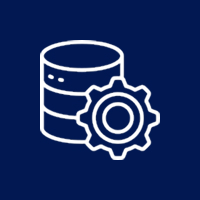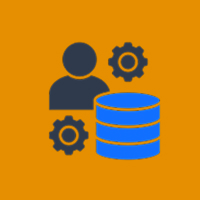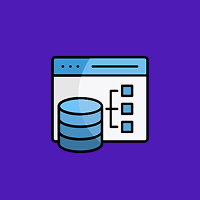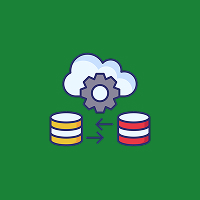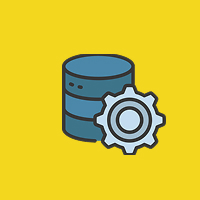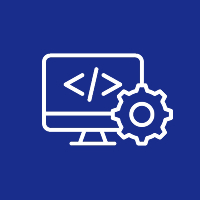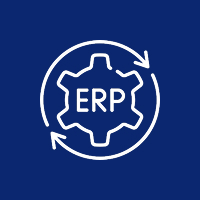In the high-speed world of eCommerce, speed is not just a technical measurement—it’s an essential part of the customer experience. A few seconds of page load time can be the difference between a sale and a lost sale. Magento 2 is one of the most robust eCommerce platforms out there, but if it’s not optimized, it can become slow and unresponsive.
This tutorial offers detailed, practical solutions to improve the performance of your Magento 2 store. At the end of this article, you will know how to decrease load time, enhance server response, and eventually increase customer satisfaction and conversions.
Why Speed Matters in Magento 2
Website speed directly impacts your bottom line. Whether a customer is browsing products, adding items to their cart, or checking out, performance is a major factor in their experience. Studies show that a one-second delay in page load time can lead to a 7% drop in conversions.
Here’s how poor performance affects your store:
- Higher Bounce Rates: Users are more likely to leave if your site doesn’t load quickly.
- Lower Conversion Rates: Slow checkout processes result in abandoned carts.
- Poor SEO Rankings: Google uses page speed as a ranking signal.
- Decreased Customer Satisfaction: Annoyed customers won’t return.
In short, performance optimization is not merely about speed—it’s about driving business outcomes.
1. Enable and Configure Full Page Cache
Magento 2 has full page caching built-in. This significantly shortens page load time by returning pre-generated pages rather than dynamically generating them for every request.
To activate and set up:
- Go to Stores > Configuration > Advanced > System > Full Page Cache.
- Select Varnish Cache over the default Built-in Cache (Varnish is faster and more production-friendly).
Best Practice: Use Varnish with Redis to cache session and backend cache operations for even more performance.
2. Minify JavaScript, CSS, and HTML
Minification eliminates unnecessary characters—such as white spaces, comments, and line breaks—from code, which makes it lighter and faster to load.
Steps to activate minification:
- Navigate to Stores > Configuration > Advanced > Developer.
- Under JavaScript Settings, CSS Settings, and HTML Settings, set minification to Yes.
Ensure your site is in production mode, not developer mode, to avoid Magento from regenerating unwanted files and slowing down.
3. Merge and Bundle JavaScript and CSS Files
Magento 2 loads many individual JavaScript and CSS files by default, which puts a lot of HTTP requests. Merging and bundling them cuts down the number, making it load faster.
To turn on:
- In the Developer settings section, activate Merge JavaScript Files and Bundle JavaScript Files.
- Do the same with CSS files.
More advanced JavaScript bundling can also be further optimized by making use of third-party software or CLI-based bundling scripts in order to determine what to load and when.
4. Image Optimization
Big, uncompressed images are among the largest perpetrators of slow websites. They must be optimized.
Here’s what you can do:
- Compress images using TinyPNG, ImageOptim, or other image compression tools.
- Make images WebP format, which is more efficient than JPEG or PNG.
- Use lazy loading such that off-screen images load only when required.
Magento 2.4 and later has built-in support for WebP. Activate it within your theme or via configuration to benefit from the high-performance file format.
5. Leverage a Content Delivery Network (CDN)
A CDN stores static files (such as images, JavaScript, and CSS) on servers located throughout the globe. This means that content is sent to users from a location near them.
Leading CDN providers that support Magento:
- Cloudflare
- AWS CloudFront
- Fastly (native integration with Magento Commerce Cloud)
Adding a CDN enhances both speed and dependability, particularly for global markets.
6. Enable Flat Catalogs (Magento 2.3 and lower)
In older versions of Magento 2, flat catalogs simplified and accelerated database queries, particularly for large catalogs of products.
To enable:
- Navigate to Stores > Configuration > Catalog > Storefront.
- Switch Use Flat Catalog Category and Use Flat Catalog Product to Yes.
Important Note: This functionality is deprecated in Magento 2.4 and later, so it must be used only with Magento 2.3 or lower.
7. Clean Up the Database
Magento’s database fills up with logs, stale sessions, and unwanted data over time, making it slower.
Steps to keep the database clean:
- Schedule the bin/magento cron:run command to delete stale data.
- Use command-line utilities such as Magerun2 to run thorough cleanups and optimizations.
- Periodically truncate log tables and store old data not required any more.
It helps maintain query time short and enhances frontend and admin panel speed.
8. Opt for a Fast Hosting Environment
Your hosting setup directly contributes to Magento 2 performance.
Suggestions for best hosting:
- Make use of cloud providers such as AWS, DigitalOcean, or Google Cloud.
- Opt for servers with SSD storage, which have much higher read/write speeds.
- Run NGINX or Apache with PHP-FPM for optimized request processing.
- Utilize PHP 8.x and MySQL 8, which are faster than previous versions.
Make sure your host has Magento-specific support and scalability during traffic spikes.
9. Employ Redis and Varnish for Caching
Magento 2 can utilize several layers of caching. Redis and Varnish combined offer high-performance, enterprise-class caching.
Redis manages session and backend cache, taking some of the load off the database.
Varnish manages full-page caching, delivering content near-instantly.
Configuration means tweaking your env.php file and Varnish VCL file, but the performance benefit is well worth it.
10. Monitor and Profile Performance
Optimization is a continuous process. Monitoring regularly catches bottlenecks before they become huge problems.
Tools you can use:
- Magento Profiler: Integrated tool to profile template and block rendering time.
- New Relic: Offers real-time application performance monitoring and alerting.
- Google PageSpeed Insights: Assist in detecting frontend performance issues.
- GTmetrix: Provides speed insights, waterfall loading, and suggestions.
Set targets, test frequently, and make changes according to the findings to keep improving continuously.
Final Thoughts
Optimizing Magento 2 speed is not a one-time process—it’s a constant endeavor to provide a quality shopping experience. Through using caching, minifying file sizes, image optimization, and selecting a strong web hosting company, you can greatly enhance the performance.
A speedy website means better SEO rankings, more user interaction, and higher sales. Whether you have a small online store or an enterprise-scale store, these best practices will assist you in getting the most out of your Magento 2 platform.
Contact Us Today













 Database Development
Database Development





